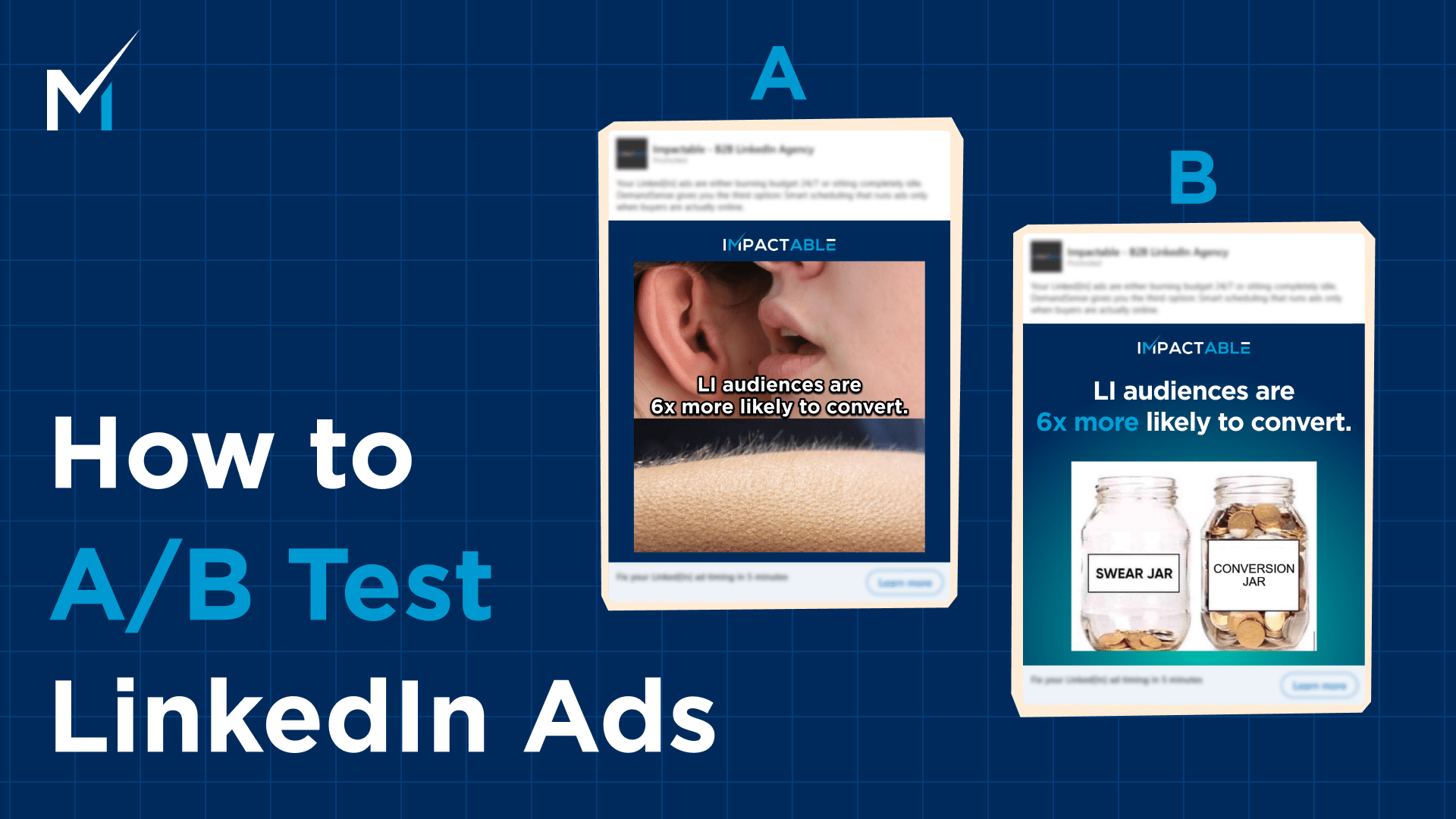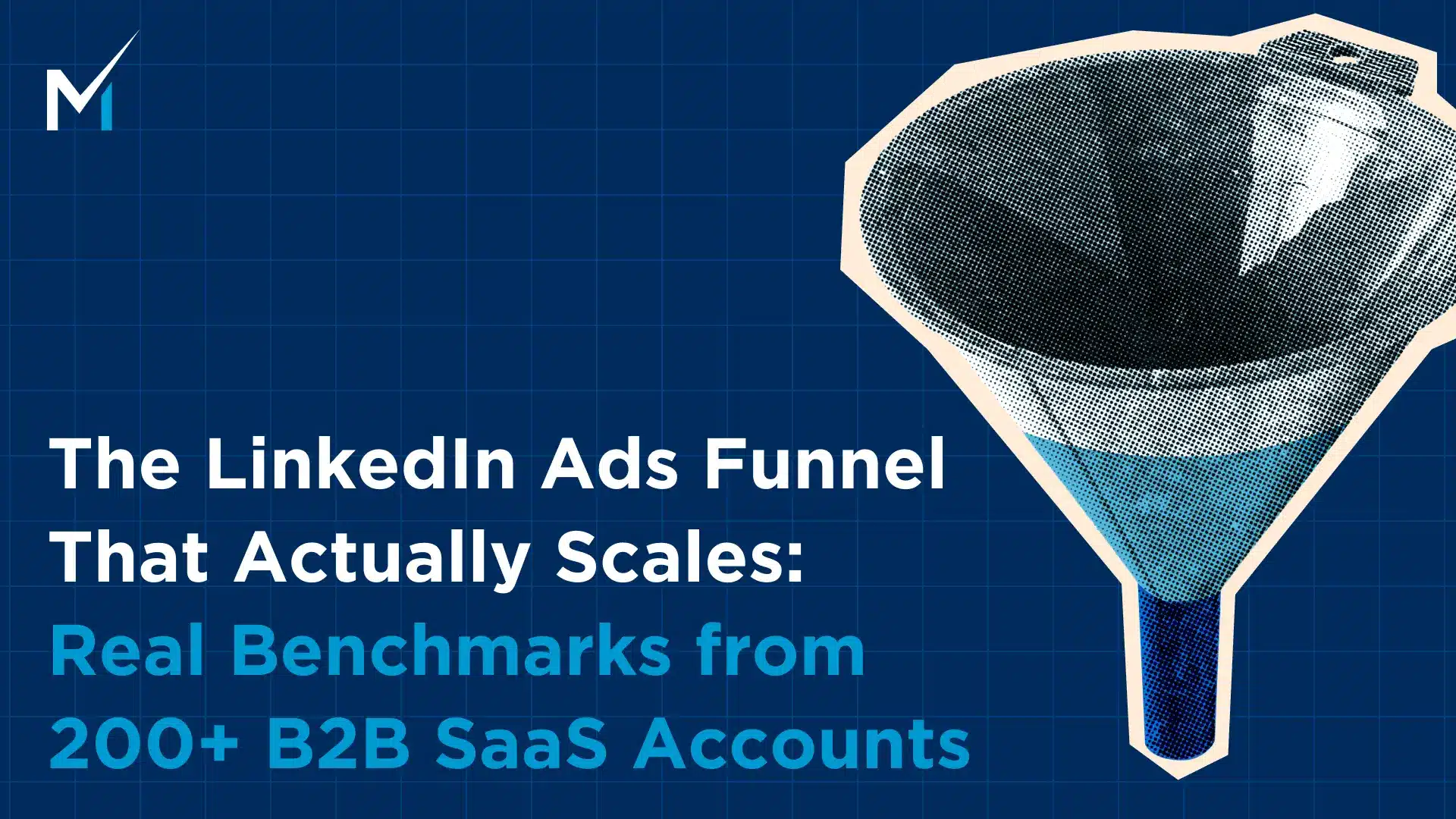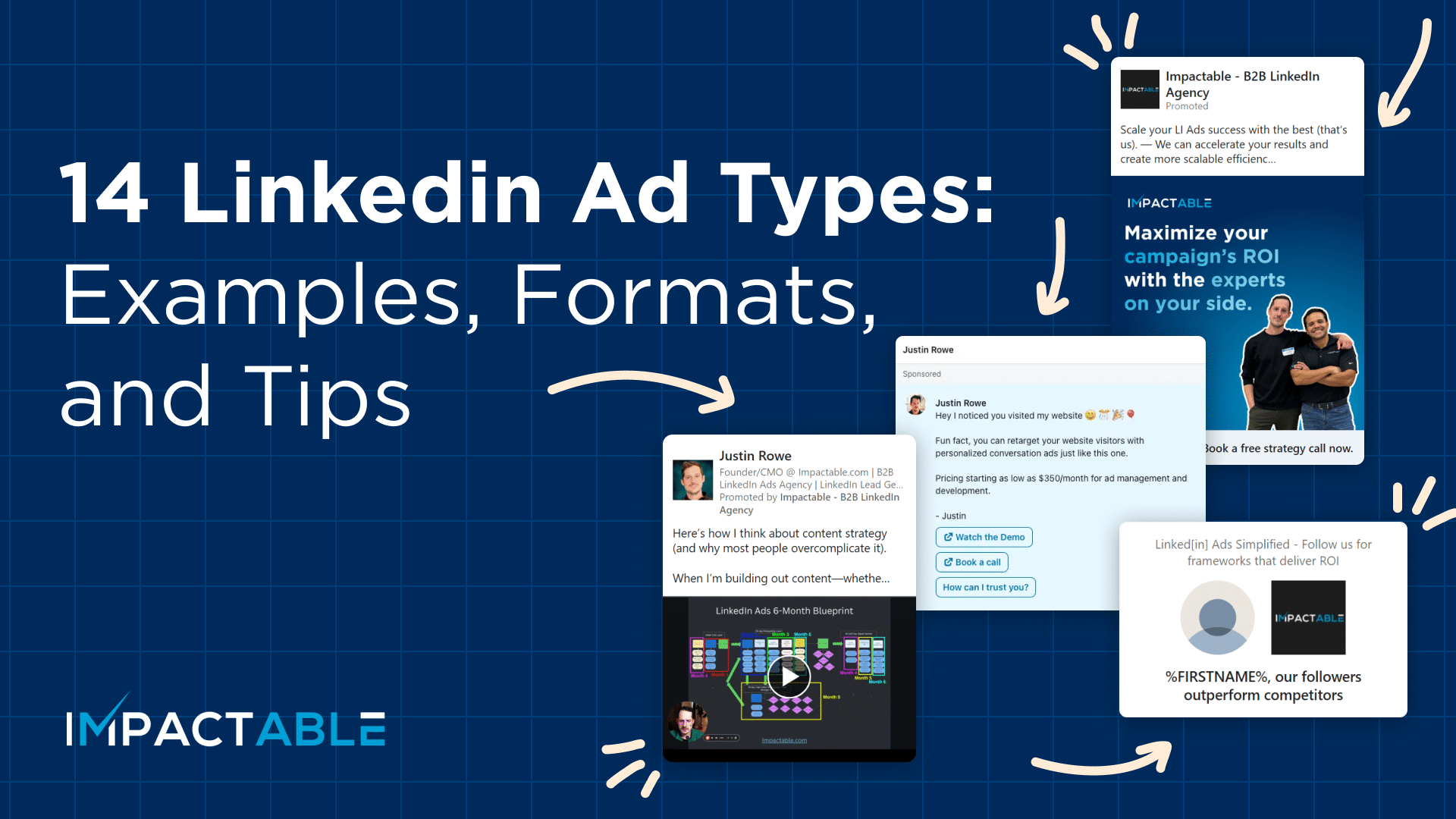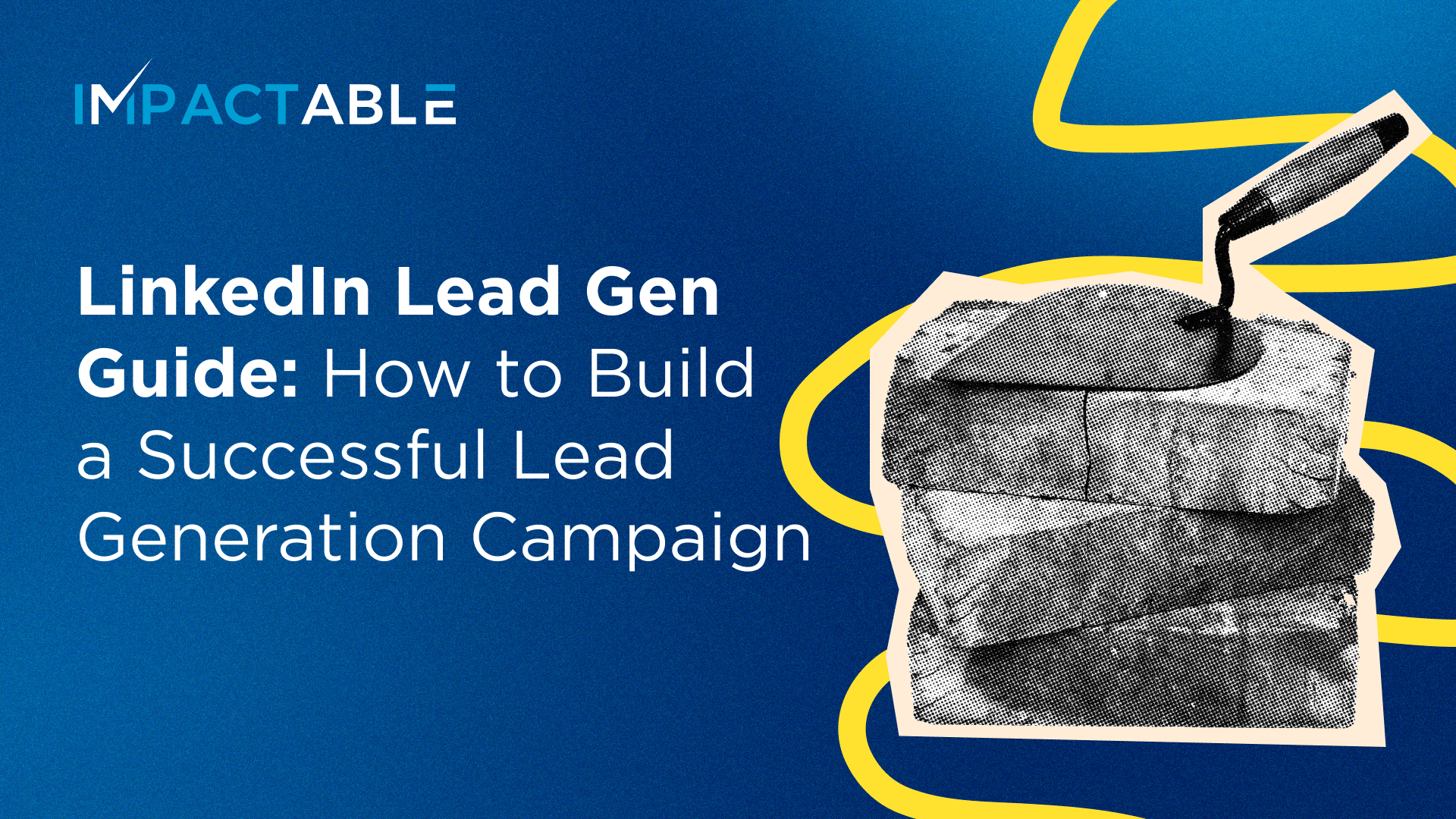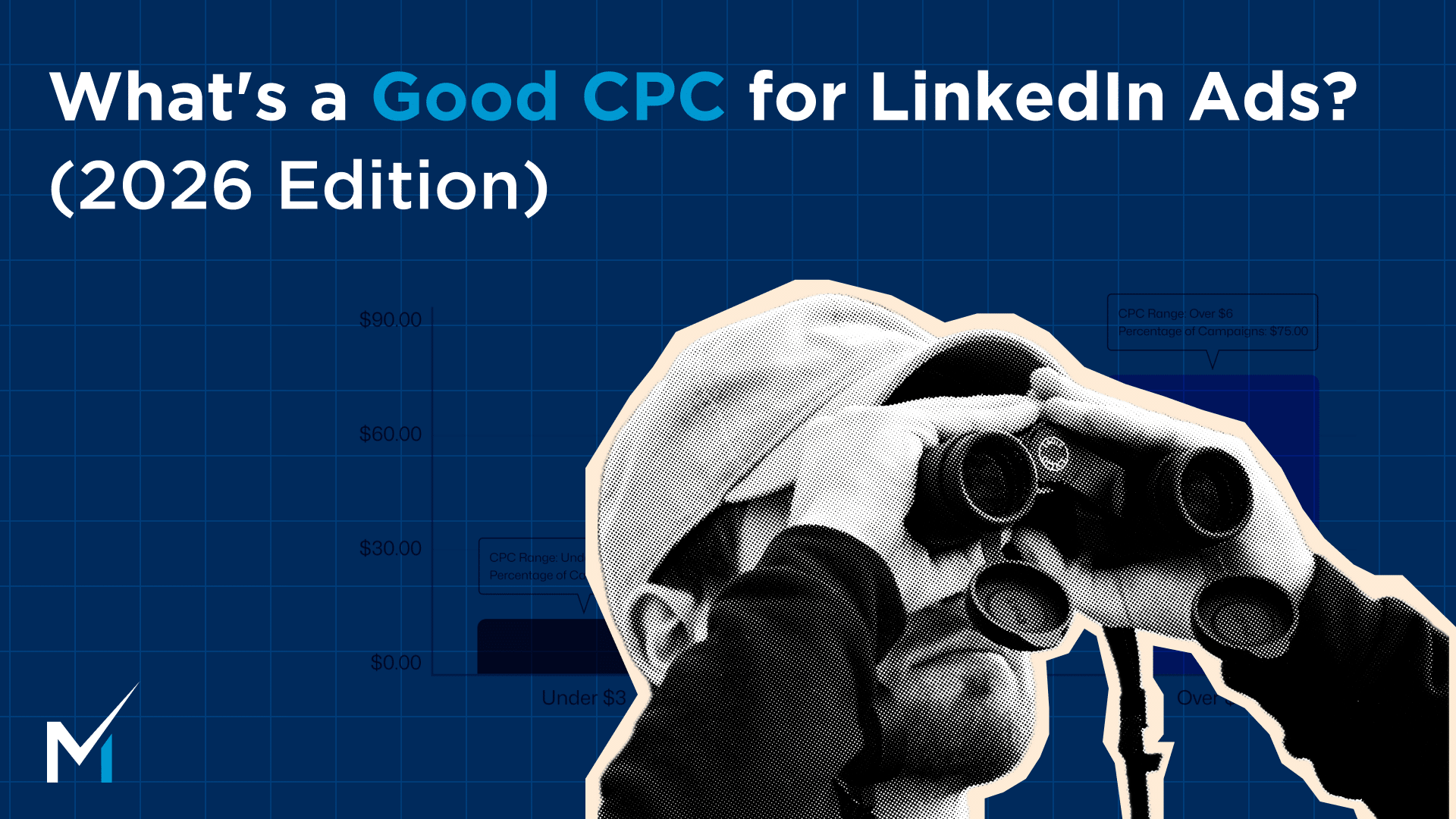You ever run ads that pull in clicks but none of them turn into paying customers? Or put out content that gets impressions but zero real pipeline? That’s what happens when you are guessing who to target.
Building an Ideal Client Profile (ICP) is how you stop guessing. It is the blueprint of the companies you actually want and the ones that will give you the best return. Without it, every campaign you run is basically hoping for the best.
At Impactable, this is step one for every LinkedIn Ads or paid search campaign we run. Dialing in your ICP upfront makes targeting sharper, ad spend more efficient, and improving LinkedIn targeting becomes much easier.
What is a B2B Ideal Client Profile (ICP)?
A B2B Ideal Client Profile is basically a blueprint of the companies you actually want to work with. Not just anyone who can pay you, but the ones that will get the most value from your product and stick around long enough to make the relationship profitable.
An ICP focuses on company-level traits like industry, revenue range, team size, tech stack, and buying triggers. This is different from a buyer persona, which zooms in on the actual people inside those companies. Personas cover job titles, pain points, and how individuals make decisions. Both are important, but the ICP always comes first.
Think of it as the foundation for your targeting. A good B2B ideal client profile framework sets up every channel, from paid campaigns to sales outreach, with a clear starting point.
Why It’s Non-Negotiable for B2B Marketing
If you skip building an ICP, you pay for it later. Literally. Campaigns cost more, sales gets junk leads, and marketing spends weeks chasing accounts that were never a fit in the first place.
A strong ICP fixes that.
- Better targeting means lower costs. When you know exactly who you are after, you stop wasting clicks on companies that would never buy from you. Cost per click drops, and conversion rates go up.
- Messaging finally clicks. Your ads and content speak to real pain points instead of generic problems nobody cares about.
- Sales and marketing stay aligned. Sales is not stuck asking “why are you sending me these leads?” because everyone knows the same target account criteria.
- Time and budget go to the right places. Instead of spreading campaigns too thin, you can double down on the accounts that will actually close and expand.
Building an ICP also sets you up to generate more demand with LinkedIn Ads because every campaign starts with the right audience.
Core Elements of an ICP
You do not need a 20-page dossier to define your ICP. Focus on the traits that actually impact targeting and buying behavior. Here is what matters most:
- Industry or vertical
Who gets the most value from your offer? Narrow it to specific industries instead of “anyone with a budget.” - Company size
Revenue, employee count, or even customer base size. Different sizes have different pain points and buying cycles. - Location and regions
Are you targeting companies in North America, EMEA, or specific metro areas? Geography can change budgets, regulations, and how they buy. - Pain points and challenges
What are they actively trying to fix? Tie this directly to how your product solves those problems. - Decision-making structure
Who is in the room when deals close? Map out key roles and how the buying process works. - Budget range and tech stack
Can they afford you? Are they already using tools you integrate with or replace? - Other qualifiers
Growth stage, funding, or customer maturity can help you prioritize which accounts to go after first.
These elements form the backbone of any B2B ideal client profile template you create. Keep it focused on what your team can actually use in campaigns.
Research Methods to Build Your ICP
Guesswork kills campaigns. The fastest way to stop guessing is to pull data from places you already have and talk to the people who matter. Here is where to start:
Analyze your existing clients
Start with the accounts that already love you. Look for patterns in:
- Which ones generate the most revenue over time
- Who renews or expands versus who churns
- Average deal size and sales cycle length
- The type of companies your sales team enjoys working with (fit matters for retention too)
Talk to clients and prospects
Interviews uncover the “why” behind the data. Ask questions like:
- What pain pushed them to look for a solution
- How they define success with your product
- Who was involved in the buying process
- What almost stopped them from signing
Review your sales and marketing data
Your CRM, LinkedIn campaigns, and paid search data are gold mines. Look at:
- Which campaigns brought in leads that converted
- Where drop-off happens in the funnel
- Win or loss reasons from closed deals
Check competitors and market trends
See who your competitors are targeting and where they are winning. Look for gaps, underserved industries, or outdated messaging you can beat.
Before you fill out a B2B ideal client profile template, use these steps to validate what should and should not be included.
Applying Your ICP Across Marketing
Once you have your ICP nailed down, the next step is to actually use it. This is not a document you make once and forget in Google Drive. It should drive how you run campaigns, write content, and talk to prospects.
Sales targeting
Your ICP gives sales a filter for who belongs in the pipeline and who does not. Build account lists that match your criteria so reps can focus on companies that actually close instead of wasting cycles on bad fits.
Content strategy
Knowing your ICP makes content planning way easier. Every blog post, case study, and email can speak to their specific challenges instead of broad topics that no one cares about. It also helps you figure out which formats work best for them.
Paid ads
ICP data makes LinkedIn targeting sharper. You can create segments by industry, company size, or tech stack and tailor creative for each. The result is higher relevance scores, better CTR, and lower cost per lead. Learn more about advanced audience segmentation to level up this process.
SEO
Your ICP should guide keyword research and on-page content. When you know their pain points and goals, it is easier to rank for the terms they are actually searching for, not just random high-volume keywords.
Segmentation and nurturing
Not every account in your ICP is the same. Use ICP traits to create sub-segments so you can run different nurture tracks, ad messaging, or offers that match where each segment is in the buying process. Explore how LinkedIn retargeting strategies can extend this targeting even further.
Keep It a Living Document
An ICP is not something you set once and forget. Markets shift, your product changes, and the types of companies that get the most value from you can evolve fast.
Review it regularly, at least once a quarter, to check if your assumptions still hold up. Are you closing deals with the same type of accounts you set out to target? Have new industries started showing up in your pipeline?
Treat your ICP like an ongoing experiment. The more you refine it, the more efficient your marketing and sales efforts become over time.
Wrap-Up: Clarity Wins Deals
The best campaigns do not start with ads. They start with knowing exactly who you are trying to reach. When you are clear on your ICP, every piece of marketing from LinkedIn targeting to sales outreach lines up around the same goal.
Start by mapping out the traits of your best clients. Validate it with data. Keep refining as your market and product evolve. It does not need to be perfect right away. It just needs to be something your team can actually use.
If you want to dig deeper into how LinkedIn campaigns fit into this, our complete guide to LinkedIn advertising covers formats and strategies in detail. Or if you want a second set of eyes or need help connecting your ICP to paid campaigns, book a call with our team. We will help you tighten the profile and turn it into action.




